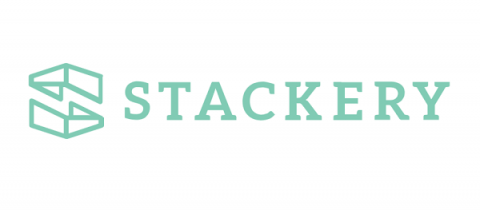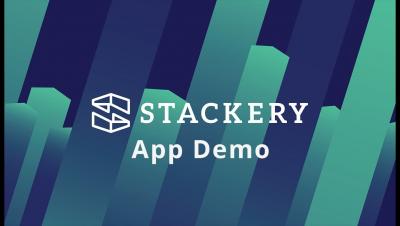The Anatomy of a Serverless App
Serverless has, for the last year or so, felt like an easy term to define: code run in a highly managed environment with (almost) no configuration of the underlying computer layer done by your team. Fair enough, but what is is a serverless application? A Lambda isn’t an app by itself, heck, it can’t even communicate with the world outside of Amazon Web Services (AWS) by itself, so there must be more to a serverless app than that.



